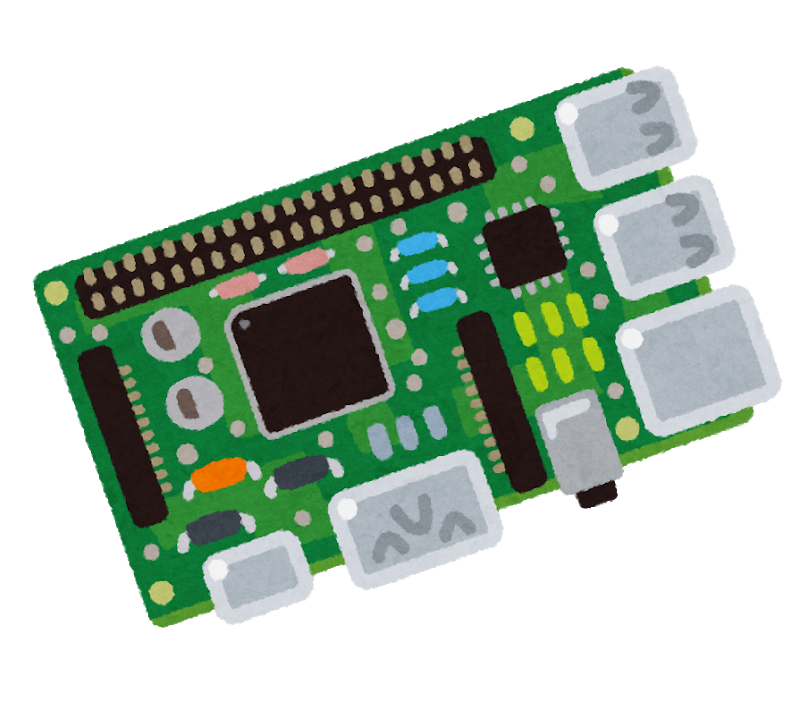

I met one of my now closest friends at the end of a Halloween party just as things were shutting down and everyone was leaving.
As she was walking by, she randomly announced that she was going to see a band next week. One that I had already bought tickets for. We talked briefly and exchanged numbers. We saw the band together and hung out a few more times but I think after the third time we hung out, we knew we were best friends.
We both weren’t even supposed to go to that Halloween party. Both of us had very different plans and somehow ended up at the party as something to do. The timing for us to meet was just so tiny and it doesn’t even feel real sometimes.









Frogcomposband is my favourite Angband varient. There’s a huge amount of classes to pick from, towns with quests and once you get a hang of it, most of the interactions can be done by the number pad.